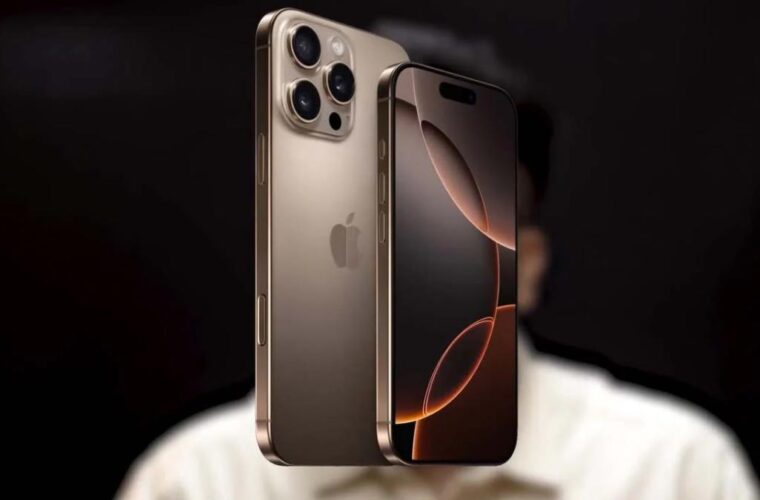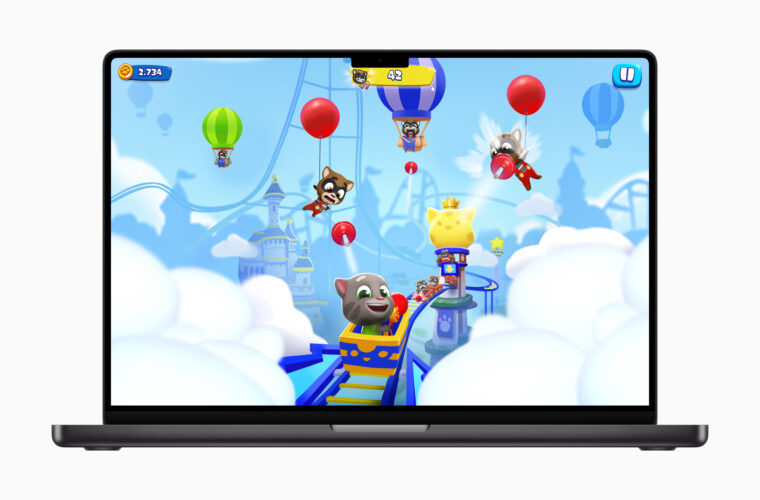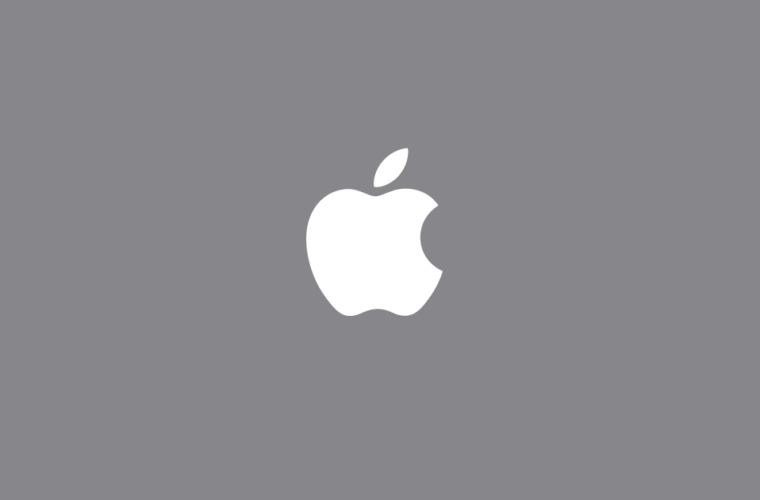On 5 June, the Worldwide Developers Conference (Apple WWDC 2023), Apple’s developer event, will open. Once again, as in the last three years, it will be a virtual edition that will end on 9 June. What is new is that an in-person meeting is scheduled at Apple Park on the opening day. Beyond the formula, however, the event has always been a harbinger of news for devices and updates to the Cupertino-based company’s operating systems.
This time, more than in the past, it is a significant edition because it seems certain that Apple will present its mixed reality headset, the product that, according to what some inside sources have told several US journalists, could, in the long run, take the place of the iPhone as a central element of the company’s business.
Virtual reality is an opportunity that has yet to convince anyone
Considering that, according to IDC, from 2007 to last January, Apple would have sold around 2.32 billion iPhones, it seems an understatement to describe this vision as over-optimistic. Not least because, although the boom has been expected for years, virtual and augmented reality remain negligible market segments.
Looking at current events, the outlook is anything but encouraging, with Sony cutting PlayStation VR2 production by 20% for this year. At the same time, Pico, China’s leading AR/VR visor manufacturer, has reduced shipments of its models by 40% compared to last year’s budget. No technology brand indeed has the appeal of Apple. Still, the challenge is a risky one, even if the intention is to launch a premium device, from which limited sales are therefore expected (also because the production will also be such).

What we know about Apple’s headset
Although few details have filtered through so far, the first mixed-reality headset should be called Apple Reality Pro and will be available on the market next autumn. This is a deliberate choice to give developers time to create a good number of applications, which will be crucial for pushing the new product.
Besides the operating system dedicated to mixed reality, which should be xrOS, the device should be made of carbon fibre, equipped with a 4k micro-OLED display, iris scanning for authentication, and the same chips used in the MacBook. It will also be possible to control it with gestures, while multiple integrated cameras will allow it to recognise facial expressions and detect body movements. Also almost certain is the presence of an external battery, which should guarantee 2-3 hours of autonomy.
The New MacBooks
Looking at other products, WWDC 2023 will be the occasion to see the new MacBook Air and Pro. A 15-inch Air and a 13-inch model are on the way, while on the Pro side, we expect an entry-level 13-inch version. There should also be room for the first 24-inch iMac with an Apple Silicon chip and perhaps even one or two Mac Studio models, without details.
All MacBooks, except the 15-inch Air, which can be bought now, will be available later this year. There are far fewer confirmations around the iPad Mini, which the company has renewed for autumn 2021 and remains a scarce product in Apple’s catalogue.
Software news
As usual, WWDC means iOS and iPadOS, with version 17 expected particularly on the smartphone side, as there may be an opening for apps downloadable from third-party stores, as required by European standards that want sideloading support.
More important news, complete with a new interface, is expected for WatchOS 10, with anticipations describing a ‘biggest update since the introduction of the Apple Watch in 2015’. Although according to Bloomberg‘s Mark Gurman, the smartwatch operating system revamps tie in with the limited changes made to future wearable devices on the hardware side.



